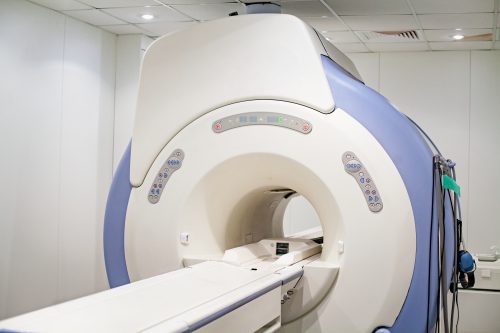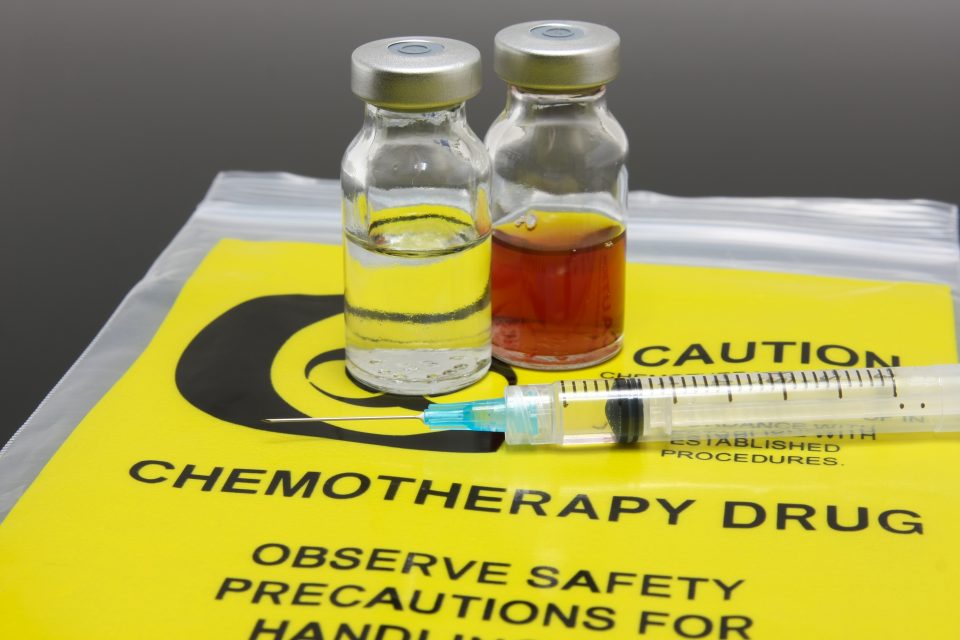
Ronan Flippot, MD, MSc, and colleagues conducted a multicenter, open-label, single arm phase 2 trial of atezolizumab plus bevacizumab in patients with NccRCC and patients with ccRCCsd. The researchers reported results during a poster session at the ASCO 2019 Annual Meeting in a poster titled Atezolizumab plus Bevacizumab in Non-clear Cell Renal Cell Carcinoma (NccRCC) and Clear Cell Renal Cell Carcinoma with Sarcomatoid Differentiation (ccRCCsd): Updated Results of Activity and Predictive Biomarkers from a Phase II Study.
Patients with non-clear cell renal cell carcinoma (NccRCC) and clear cell renal cell carcinoma with sarcomatoid differentiation (ccRCCsd) have poor prognosis and response to therapy. In patients with clear cell renal carcinoma, combination strategies co-targeting vascular endothelial growth factor signaling and inhibitory immune checkpoints are highly active; however, there are few data in patients with NccRCC and ccRCCsd.
The primary end point of interest was objective response rate per Response Evaluation Criteria in Solid Tumors version 1.1. Exploratory biomarker analyses included programmed-death ligand 1 (PD-L1) expression on tumor (TC) and immune cells (IC), and spatial analysis of the immune infiltrate.
Patients with NccRCC and ccRCCsd (>20% sarcomatoid differentiation) and Eastern Cooperative Oncology Group performance status 0 to 2 were eligible for the analysis. With the exception of prior PD-1/PD-L1-directed therapy, prior systemic treatment was allowed. The intervention was atezolizumab 1200 mg and bevacizumab 15 mg/kg every 3 weeks until progression, unacceptable toxicity, or patient withdrawal.
Of the 60 patients who received at least one cycle of treatment, 56 were evaluable for response (n=17 ccRCCsd; 39 NccRCC). In the overall population, objective response rate was 34%; in the ccRCCsd cohort, it was 53%, and in the NccRCC cohort, it was 26%. Median progression-free survival was 8.4 months (95% CI, 6.9-16.5 months).
Baseline tumor tissue was available for 36 patients. There was an association between TC PD-L1 expression ≥1% and improved objective response rate (9/14, 64%) compared with patients with Pd-L1 expression <1% (4/20, 20%).
Patients with TC PD-L1 expression ≤1% who experienced progressive disease as best response had shorter average distance between tumor cells and nearest neighboring immune cells at baseline. Further analysis of the immune tumor microenvironment, including immune cell PD-L1 expression and correlation with clinical outcomes, in an expanded cohort is ongoing and will be updated.
The researchers said, “The combination of atezolizumab plus bevacizumab is active in NccRCC and ccRCCsd. Candidate predictive biomarkers include PD-L1 expression in tumor cells and topological analysis of the immune infiltrate.”
NCT02724878
Source: Flippot R, McGregor BA, Flaifel A, et al. Atezolizumab plus bevacizumab in non-clear Cell renal cell carcinoma (NccRCC) and clear cell renal cell carcinoma with sarcomatoid differentiation (ccRCCsd): Updated results of activity and predictive biomarkers from a phase II study. Abstract of a poster presented at the American Society of Clinical Oncology 2019 Annual Meeting, June 3, 2019, Chicago, Illinois.







 © 2025 Mashup Media, LLC, a Formedics Property. All Rights Reserved.
© 2025 Mashup Media, LLC, a Formedics Property. All Rights Reserved.